|
Decline Sadly Louis
Coatalen left the company in 1931, at a time when
his flair, drive and enthusiasm could have helped to
carry the business through a difficult period of
recession. Even without him the skilled workforce
continued to produce high quality, technically
advanced cars.
|
| An advert from 1931. |
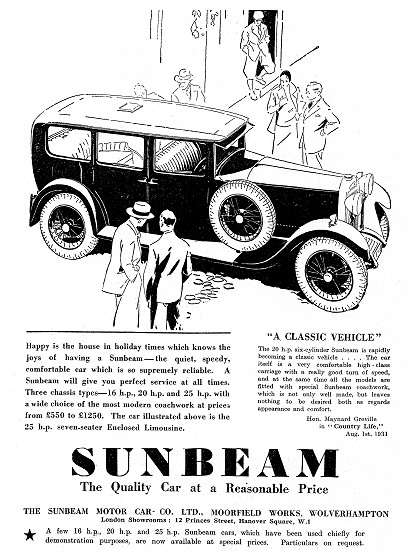 |
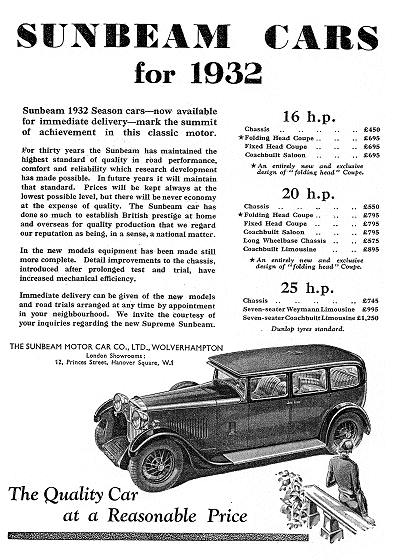 |
Another advert from 1931. |
| A 20hp. Weymann saloon
with the sliding roof open.
A sliding roof was fitted at
an extra charge of £10. |
 |
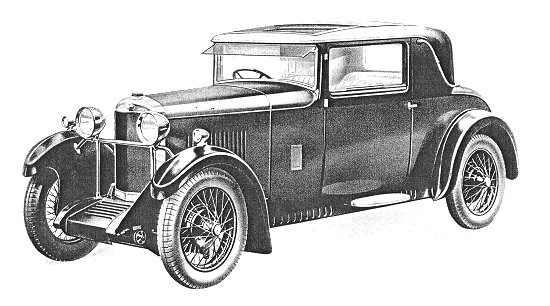 |
The 16hp. 6-cylinder,
4-seater coupé with
sliding roof, from 1931.
It sold
for £695. |
| The 16hp. 6-cylinder,
three quarter coupé
with sliding roof, from 1931.
It sold
for £650. |
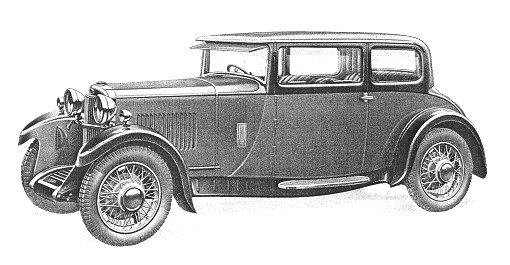 |
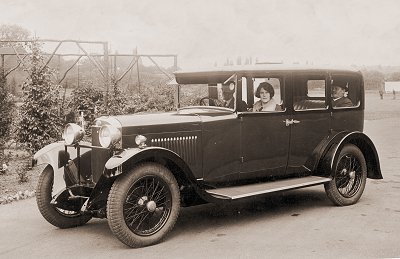
A 20hp. saloon photographed on
the Sunbeam playing fields in 1931. Courtesy of the
late Jim Boulton. |
A new version of the 20hp.
appeared in 1931 to replace the earlier model. The
car was powered by an excellent 3.3litre engine that
could develop 74b.hp. at 3,250r.p.m.
Three versions were available,
a running chassis, a 4-seater sun-roof Coupe, and
the coach built 6L Saloon. The car remained in
production until 1932. A total of 622 were built. |
| The 20hp. enclosed
limousine. From the 1932 Sunbeam catalogue.
It sold for £895. |
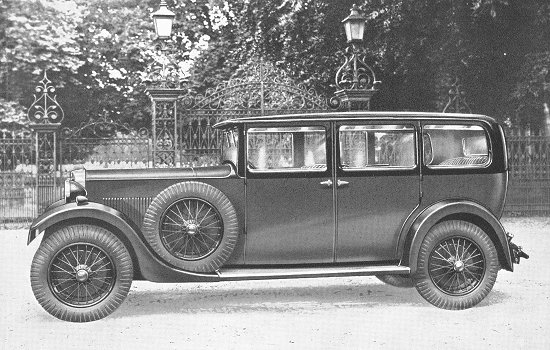 |
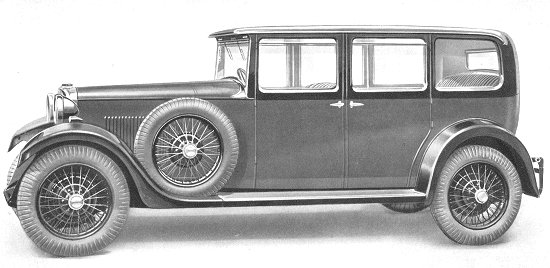 |
The 5-seater, 16hp.
6-cylinder coachbuilt saloon.
From the 1932 Sunbeam
catalogue.
It sold for £695. |
The 5-seater, 20hp.
6-cylinder coachbuilt saloon.
From the 1932 Sunbeam
catalogue.
It sold for £795.
|
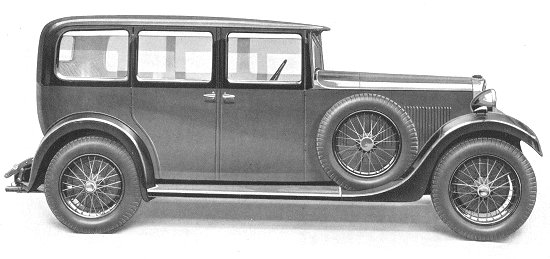 |
 |
The interior of the
5-seater, 20hp. 6-cylinder coachbuilt saloon.
From the 1932 Sunbeam
catalogue. |
| The 20.9hp. "Speed" model
from the 1932 Sunbeam catalogue.
It sold for £745. |
 |
|
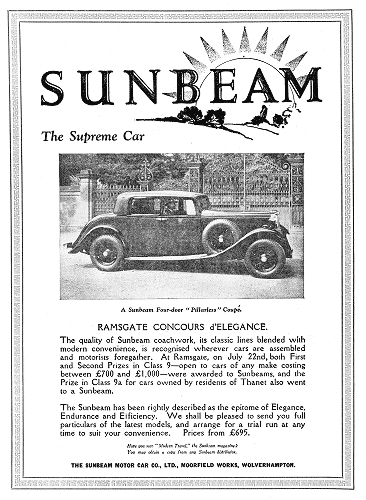
An advert from 1933. |
The “Twenty” appeared in 1933
as a replacement for the16hp. and was produced until
1935, during which time 220 were built. The
modern-looking car sold for £775.
It began life
using existing stocks of the 18.2hp. engine. When
stocks were exhausted the 19.8hp. engine was fitted
and later followed by the 20.9hp. engine.
At the
same time the company produced a more expensive
version using the same engine, called the “Twenty
Five”. This sold for £1,045 and 309 were built.
In
1935 the “Twenty Five” was replaced by the “Sports
Twenty Five”, but only 16 were built. |
|
1933 saw the introduction of the “Speed
Twenty”, an updated version of the 20hp. model.
The car was
produced during 1933 and 1934, and 98 were built in
two different forms. The running chassis sold for
£500, and the close-coupled 2 door Saloon sold for
£745.
In 1934 the
prices were increased to £525 and £825 respectively.
|

The "Speed Twenty". Courtesy
of the late Jim Boulton. |
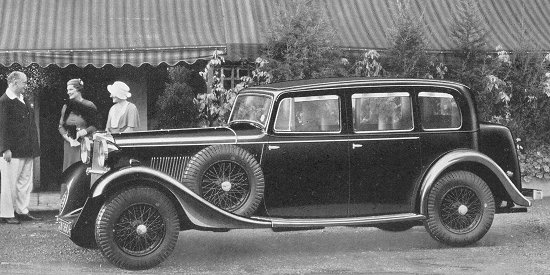 |
The "Twenty-Five" saloon.
From the 1933 Sunbeam
catalogue.
It sold for £875. |
| The 4-door "Speed Model",
"pillarless" saloon from the 1933 Sunbeam catalogue.
It sold for £825. |
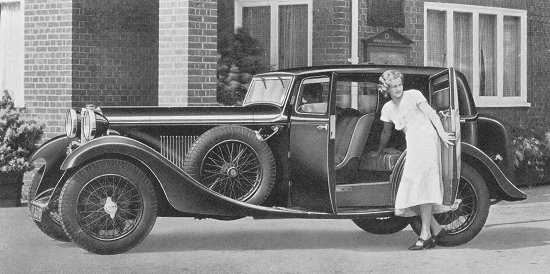 |
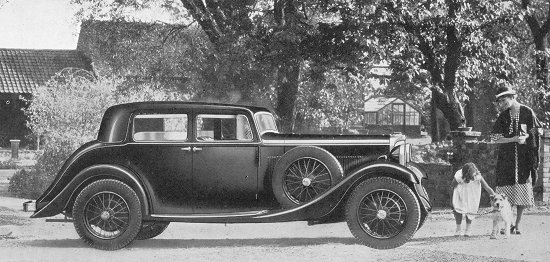 |
The "Twenty" 4-door coupé
from the 1933 Sunbeam catalogue.
It sold
for £775. |
| The "Twenty" saloon from
the 1934 Sunbeam catalogue.
It sold for £725. |
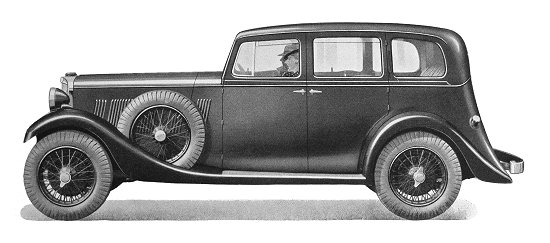 |
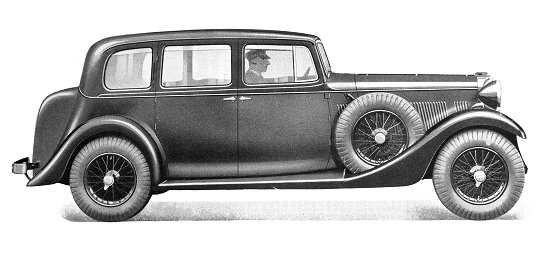 |
The "Twenty-Five" saloon
from the 1934 Sunbeam catalogue.
It sold for £875. |
| The "Twenty-Five" seven-
seater enclosed limousine from the 1934 Sunbeam
catalogue. It sold
for £1,045. |
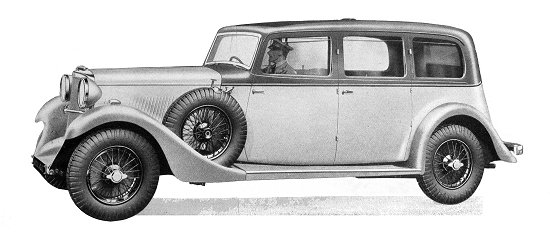 |
 |
The "Twenty-Five"
four-door coupé
from the 1934 Sunbeam catalogue.
It sold for £875. |
| The "Twenty-Five" chassis.
From the 1933 Sunbeam
catalogue. |
 |
| The “Twenty-One Sports” made
its debut in 1934 and continued in production the
following year. The car used the same chassis as the
“Speed Twenty” and 40 were built. In 1935 the body
was re-styled. The pillarless 4 door saloon sold for
£825, and the 2 door, 4-seater sold for £895. |
|
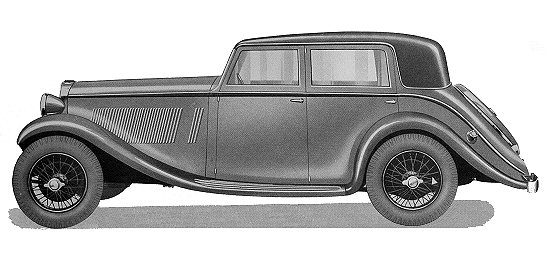 |
The "Twenty-One" sports
coupé from the
1934 Sunbeam catalogue.
It sold for £825. |
| Another view of the
"Twenty-One" sports coupé
from the 1934 Sunbeam catalogue. |
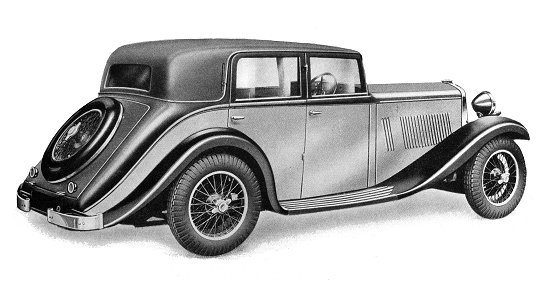 |
| In 1934 the "Dawn” made
its appearance. In order to try and increase sales,
the decision was taken to produce a smaller and
cheaper model, but still with the usual high quality
build.
The car was designed by
Herbert C. M. Stephens, an old Sunbeam man who
rejoined the company from Singer to design the car,
as a smaller version of the “Twenty”. The car
featured a 1.66litre, 12.8hp. overhead valve engine
with a cast aluminium block. The car initially sold
for £485, a good price for a Sunbeam. It soon
reduced to £425. |
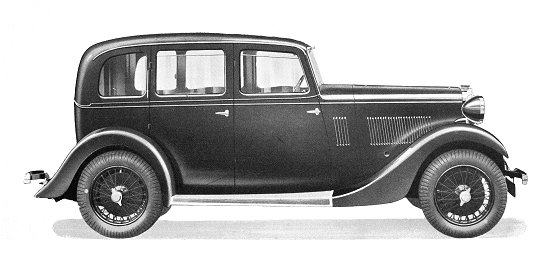 |
The "Dawn" six-light
saloon from the 1934 Sunbeam catalogue.
It sold for £425. |
| The "Dawn" four-light
saloon from the 1934 Sunbeam catalogue.
It also sold for £425. |
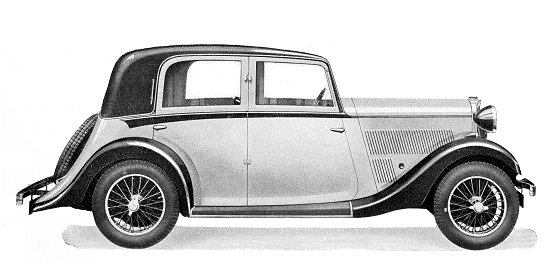 |
|

The "Dawn" engine. |
The chassis initially cost
£345 and was later reduced to £315. In 1935 an updated version with a Meadows
gearbox and a swept-back body was introduced.
The "Dawn" turned out to be the
company’s last fling. The early models suffered from faults with the independent
front suspension, and although the problem was quickly rectified, the car had
earned a bad name and Sunbeam didn’t have sufficient resources to properly
market the car and change the public’s perception.
|
| The Black Country Living
Museum's immaculate
1934 "Dawn" six-light saloon. |
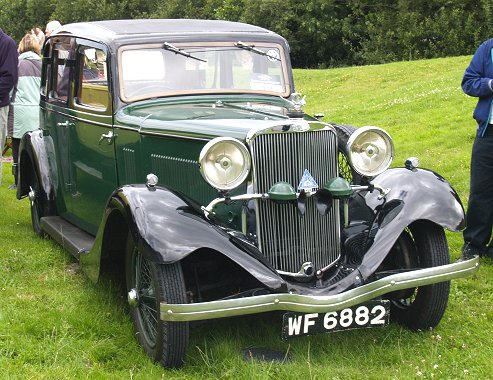 |
|

A "Dawn" four-light
saloon.. |
It seems that quality products alone
were not enough. Even though the company also diversified into public transport
and sold large numbers of trolley buses, the business could not be sustained. In
1934 this part of the company was registered separately as Sunbeam Commercial
Vehicles Limited.
The aero engine side of the business had
not been a great success. Large numbers were produced as part of the company’s
war work, but even then many were never paid for, and after the war very few
were sold. In July 1935 S.T.D. was purchased by Rootes Securities, who had no
interest in high quality cars, only volume production.
|
|
They kept the Sunbeam name and quickly closed the car
building part of the works. They also had little interest in trolley buses.
Initially the bus-building part of Karrier was moved from Huddersfield to
Moorfields, and it looked as if Sunbeam buses had a secure future. In 1946 it
was sold to Brockhouse, who in turn sold it to Guy Motors. Production at
Moorfields continued until the early 1950s when it all moved to Guy’s works at
Park Lane. A sad end for the company, especially as so much had been achieved
during Sunbeam’s glorious half a century at Moorfields. |
 |
|
 |
|
 |
Return to
The "Silver Bullet" |
|
Return to
the beginning |
|
Proceed to
The
Racing Mechanics |
|